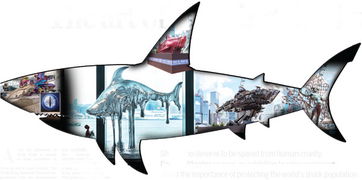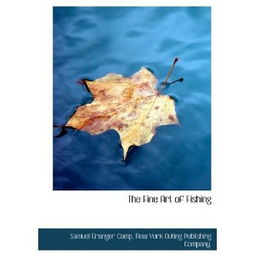Content:
Fishing is an ancient pastime that has been cherished by people across the globe for centuries. Whether you are a seasoned angler or a beginner looking to hit the water, mastering the art of fishing can be incredibly rewarding. In this article, we will delve into the essential techniques and methods that will help you become a more skilled and successful angler.
Choosing the Right Equipment
The first step in mastering the art of fishing is to ensure that you have the right equipment. Here are some key pieces of gear that you should consider:
a. Rod and Reel: The rod and reel combination is the heart of your fishing setup. Choose a rod that is appropriate for the type of fishing you plan to do, such as freshwater or saltwater, and a reel that is compatible with your rod.
b. Line: The type of line you use will depend on the fish you are targeting and the conditions you are fishing in. Monofilament, fluorocarbon, and braided lines are the most common options, each with its own advantages and disadvantages.
c. Lures and Bait: Lures and bait are used to attract fish to your hook. The best choice will depend on the species you are targeting and the conditions of the water you are fishing in.
Learning the Basics of Casting
Casting is a fundamental skill that every angler must master. Here are some tips to help you improve your casting technique:
a. Grip the Rod: Hold the rod with a comfortable grip, using your index and middle fingers to grip the reel handle and your thumb and pinky finger to hold the rod itself.
b. Backcast: Begin by lifting the rod back over your head, then pause and allow the line to straighten out.
c. Forward Cast: After the line has straightened, begin to move the rod forward, releasing the line as you do so.
d. Practice: Like any skill, casting takes practice. Spend time practicing your casting technique until you are comfortable and confident.
Mastering the Art of Bait Presentation
Once you have cast your line, the next step is to present your bait or lure in a way that will attract fish. Here are some tips to help you improve your bait presentation:

a. Match the Hatch: Use bait or lures that mimic the natural prey of the fish you are targeting.
b. Work the Water: Move your bait or lure through the water in a way that mimics the natural movement of the fish's prey.
c. Pay Attention to the Water Conditions: Adjust your bait presentation based on the water conditions, such as the current, temperature, and clarity.
Learning to Read the Water
Reading the water is an essential skill that will help you become a more successful angler. Here are some tips to help you improve your water reading abilities:
a. Observe the Water: Take the time to observe the water and identify areas where fish might be holding, such as rocks, logs, or weed beds.
b. Pay Attention to the Surface: Look for signs of fish activity on the surface, such as boils, ripples, or splashes.
c. Use a Fishfinder: A fishfinder can help you identify fish and structure in the water, making it easier to find productive spots.
Developing a Game Plan
To be a successful angler, it is important to have a game plan. Here are some tips to help you develop a game plan:
a. Research the Species: Learn about the habits and preferences of the fish you are targeting, including their preferred feeding times and habitats.
b. Choose the Right Location: Based on your research, choose a location that is known to be productive for the species you are targeting.
c. Adapt to Changing Conditions: Be prepared to adapt your game plan as the conditions change, such as weather, water temperature, and fish activity.
In conclusion, mastering the art of fishing requires practice, patience, and a willingness to learn. By following these techniques and methods, you will be well on your way to becoming a more skilled and successful angler. Happy fishing!












